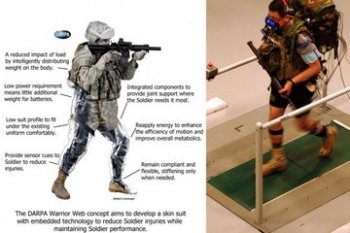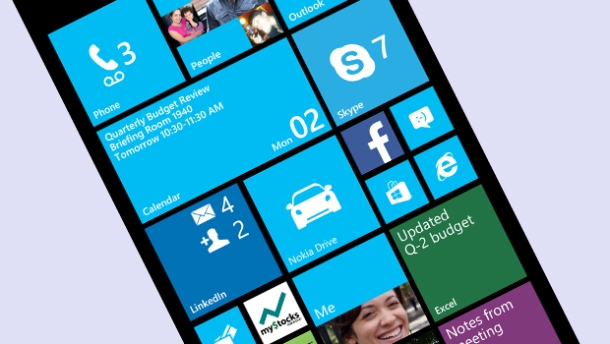The US Army is working to develop “groundbreaking” smart armor that would give its troops “phenomenal assets”.
It is calling on the knowledge industry, government labs and the academic world to help shape the Iron Man-style suit.
Other exoskeletons that permit soldiers to carry big loads much further have already been tested by the army.
The Tactical Assault Light Operator Suit (Talos) would have such a frame but would also have coats of nifty materials fitted with sensors.
The suit would also need to have wide-area networking and a wearable computer comparable to Google Glass, the US Army said.
Upsurge strength
It should be made of clever material fitted with sensors to monitor body temperature, heart rate and hydration levels.
“The requirement is a comprehensive family of systems in a combat armour suit where we bring together an exoskeleton with innovative armour, displays for power monitoring, health monitoring, and integrating a weapon into that,” said Lt Col Karl Borjes, a science counselor at the US Army’s exploration, development and engineering command.
The exoskeleton, which could be committed to arms and legs, would be likely to use hydraulics to greatly rise strong points.
“It’s unconventional armour. It’s communications, antennas. It’s intellectual performance. It’s sensors, miniature-type circuits. That’s all going to fit in here, too,” he added.
Magnetic field
According to US Army Sgt Maj Chris Faris, “no one industry can build it”.
Instead the army is calling on research and development organizations, private industry as well as government labs and academia to support the project.
The US Army said it was likely that scientists at the Massachusetts Institute of Technology would be involved in the project.
An MIT team is currently developing liquid body armour – made from fluids that transmute into a solid when a magnetic field or electrical current is applied.
Outsized robot
In an interview with US news site NPR, MIT professor Gareth McKinley compared the space-age armor to that seen in Hollywood films.
“The other kind of things that you see in the movies… would be the kind of external suit that Sigourney Weaver wears in Aliens, where it’s a large robot that amplifies the motions and lifting capability of a human.” , he said.
“It sounds exactly like Iron Man.”
The aim is the get the Talos armour out in the field within three years
Reference Link: http://www.dcclothesline.com/2013/10/11/u-s-military-creating-iron-men-super-soldiers-terminator-robots-fight-future-wars/
Images was from: livescience.com






